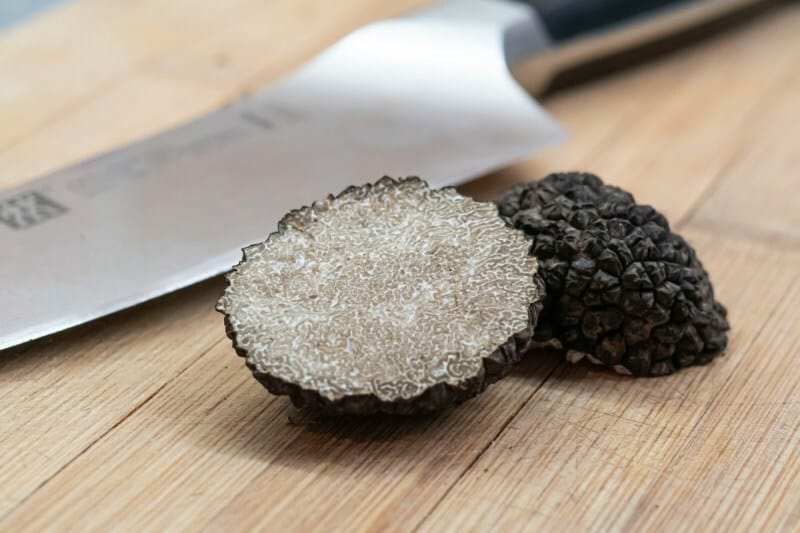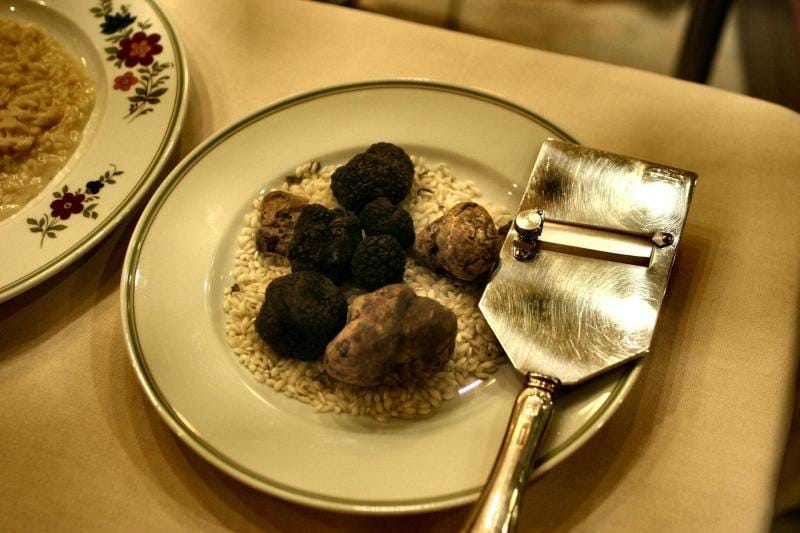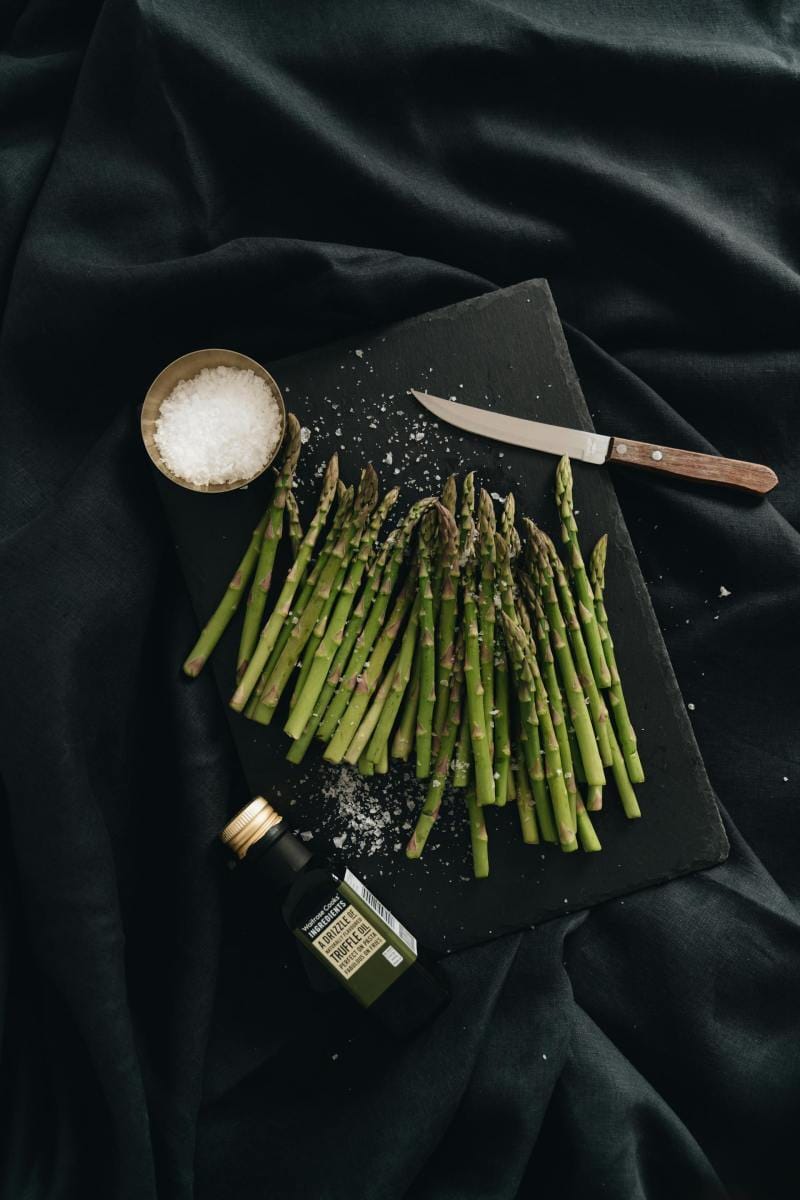Truffles are an amazing resource, hailed by food aficionados and locavores alike. For those that love truffles, you can choose between earthy black truffles, and potent white truffles.

Lovers of cannabis even have options that mimic the taste of truffles. For those looking to buy white truffle strain online, it’s important to recognize the distinctions between white and black truffles to make an informed purchase.
White truffles boast a potent garlicky aroma with delicate yet intense flavors, adding a refined touch to any dish. This type of truffle, often harvested in Italy, is incredibly versatile and highly sought after for its unique taste and elegant appeal.
In contrast, black truffles offer a richer, earthier aroma with hints of chocolate and nuts. This rich flavor profile makes them ideal for hearty dishes like pasta, meat, and eggs. Black truffles are often considered the more accessible variety, adding depth and complexity to various recipes. Their versatility and pronounced taste make them a staple in gourmet cooking.
When considering which type to use, the choice largely depends on the desired flavor intensity and culinary application. While white truffles are often used raw or lightly heated to preserve their nuanced flavor, black truffles can withstand more cooking and infuse dishes with a deeper, richer taste. Understanding these differences helps in making the best choice for improving your culinary creations.

Distinguishing Characteristics of White and Black Truffles
White and black truffles differ in several key areas, including appearance, aroma, flavor profiles, and their geographical distribution and harvest seasons.
Appearance and Species
White truffles have a light, sandy-colored exterior and are known for their irregular, lumpy shapes. Black truffles, on the other hand, are darker and have a more consistent, rough-textured surface.
White truffles belong to the species Tuber magnatum. Black truffles can be further divided into varieties like Perigord (Tuber melanosporum) and Summer truffles (Tuber aestivum).
These species distinctions contribute to their unique characteristics.

Aroma and Flavor Profiles
White truffles are known for their strong, garlicky aroma with earthy undertones. Their flavor is delicate yet intense, often likened to a blend of garlic and shallots.
In contrast, black truffles offer a rich, earthy aroma with hints of chocolate, nuts, and musk. Their flavor is more powerful and pronounced, making them suitable for a range of dishes like meats, pasta, and eggs.
Geographical Distribution and Harvest Seasons
White truffles are primarily found in the regions of Italy, especially in Alba and Piedmont. Their harvest season is short, typically from September to December.
Black truffles are more widely distributed and can be found in parts of France, Spain, and Australia. Their longer harvest seasons, from November to March for Perigord truffles and May to August for Summer truffles, make them more accessible.
Culinary Uses and Pairings
White and black truffles both bring unique flavors and aromas to dishes, making them prized ingredients in the culinary world. The following sections detail specific pairings and dishes for both types of truffles, as well as tips on how to preserve and prepare them.

White Truffle Pairings and Dishes
White truffles are often enjoyed raw and shaved over dishes to preserve their delicate flavor and aroma. Pasta dishes, such as fettuccine or tagliolini, are classic choices for white truffles. The heat of the fresh pasta brings out the truffle’s garlicky and earthy scents.
Risotto is another favorite, offering a creamy base that highlights the truffle’s subtleties. Eggs—whether scrambled, poached, or in an omelet—pair excellently with white truffles. When it comes to cheese, white truffles complement Parmesan and Grana Padano, creating a luxurious, rich combination.
For a more involved dish, try incorporating white truffles into butter sauces or delicate meats like veal, where they can shine without overwhelming the dish. Lastly, pairing with a rich, buttery Chardonnay can improve the truffle’s flavors.
Black Truffle Pairings and Dishes
Black truffles have a bold, earthy flavor that stands up well in heartier dishes. Meat dishes, such as roasted chicken, beef, or game, can be elevated by the rich flavor of black truffles. This type of truffle also pairs well with starches, especially potatoes—try a truffle-infused mashed potato or a truffle gratin.
Pasta and risotto are also excellent vehicles for black truffles. The starches absorb the truffle’s aroma and distribute it evenly. Eggs are another versatile pairing; black truffles can be shaved over scrambled eggs or incorporated into an omelet.
Cheeses like Brie and Gouda can be infused with black truffle for a gourmet twist. Pair these dishes with a rich red wine, such as Pinot Noir, to balance the intense flavors of the truffle.
Preservation and Preparation Tips
Truffles are best used fresh but can be preserved for short periods. Store truffles in a breathable container, wrapped in paper towels and kept in the refrigerator. Change the paper towels daily to maintain freshness.
For longer preservation, truffles can be infused into oils or butter. However, the most authentic flavor comes from using fresh truffles. Shave or grate truffles just before serving to get the most out of their fragrant properties.
When preparing dishes with truffles, it’s important to use simple, high-quality ingredients that will complement rather than overshadow the truffle’s unique characteristics. This ensures that the truffle remains the star of the dish.
Conclusion
White and black truffles, both prized for their unique flavors, differ in taste and culinary applications. White truffles offer a delicate, garlicky flavor, whereas black truffles provide a rich, earthy taste. These distinctions make each type suitable for various dishes.
Understanding their different characteristics helps chefs and food enthusiasts improve their culinary creations.
The post White Truffle vs. Black Truffle: Comparing Their Flavors and Culinary Uses appeared first on Moss and Fog.
